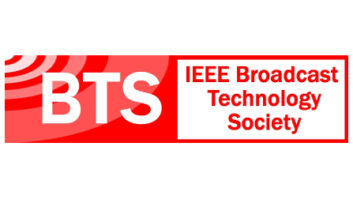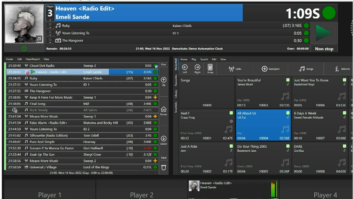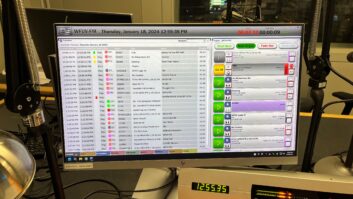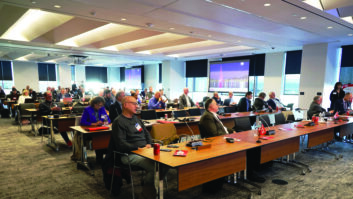
Paul Stewart is broadcast automation specialist for ENCO Systems. This is one in a series of Q&As with industry professionals about their presentations at the upcoming NAB Show in Las Vegas.
Radio World: You are presenting “Virtual Future of Broadcast Automation” (Sunday, April 17, 4–4:30 p.m.). The description uses the word “virtualization” a lot. Just what is virtualization?
Paul Stewart: Virtualization is when a system of multiple workstations share a common set of resources. This ensures the most efficient allocation of the hardware resources and makes upgrading or servicing the equipment much more efficient and less costly.
RW: Why should radio broadcasters care about it, especially engineers?
Stewart: Virtualization increases efficiency, reduces operating expenses, and decreases maintenance by centralizing hardware distributed throughout the facility. Engineers will have less hardware to maintain and simpler cabling requirements, not to mention save precious rack space.
RW: How does it benefit operators?
Stewart: With a virtualized system, any studio can access any workstation session using thin clients. This enables operators to use studios as multipurpose space. Operators can go live to air from any studio or can use any of the available studios for production work. Also, virtualization ensures that even if a thin client in the studio were to fail, the operation is not halted since all automation is handled in the virtual core.
RW: Is this only for big, well-heeled stations and groups?
Stewart: Outside of the smallest independent single-station operations, most radio facilities today house more than one studio. Whether a large network or a small cluster of FM/AM stations, most facilities have a collection of on-air and production studios outfitted with dedicated equipment that will benefit from virtualizing. The technology is scalable, meaning the same system you purchase to replace five to 10 workstations could potentially handle many more workstations if the need were to arise.
RW: Is this just an ENCO thing or is it a general IT thing?
Stewart: IT administrators across many industries have been reaping the benefits of virtualization for years. We have enhanced our virtualized solution for use in broadcasting where optimizations for audio over IP traffic and zero down-time is critical. ENCO’s design ensures a redundant architecture across the server and its components, including hot-swappable network cards, processors, disk arrays and power supplies. This redundancy allows the operation to remain on the air during a simple maintenance procedure if a component fails. There is no requirement for an IT specialist since the systems are self-healing once the failed component is replaced, automatically rebuilding itself as its redundant twin keeps the operation on the air.
RW: Show attendees are busy at the show so why do they need to check out your session? Is this really that important?
Stewart: The benefits of transitioning to a virtualized environment for mission-critical, 24/7 operations like broadcasting are abundantly clear. By keeping costs low and laying the groundwork for a modular and staged transition, we believe that this migration will accelerate industry-wide in the coming years.
Radio World invites you to register for a free NAB Show Exhibits-Only pass using our VIP code: LV9443.
To see more show Q&As visit our NAB Show 2016 web page.












